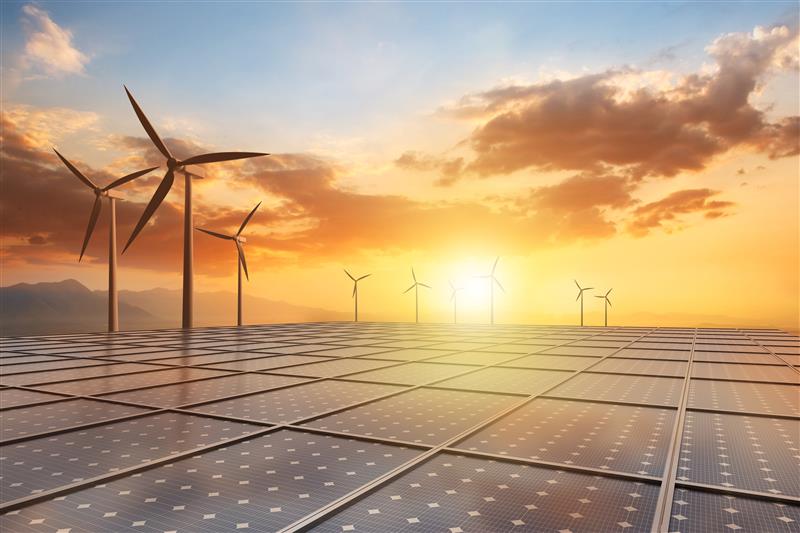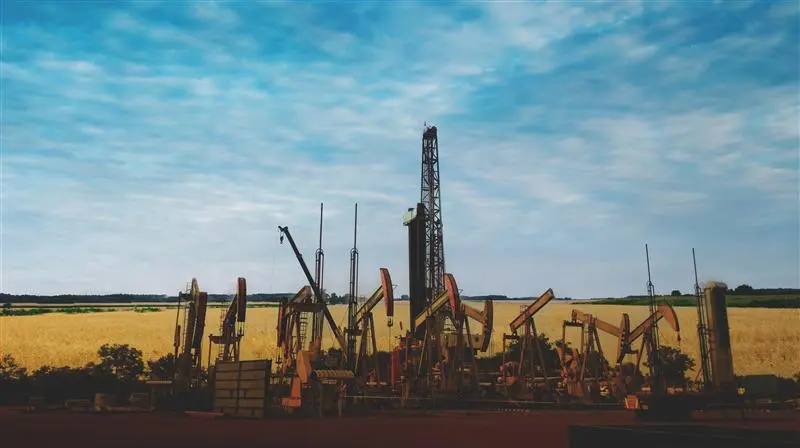More governments, corporations, and investors are recognizing the threat of climate change, and record capital is flowing into mitigation and adaptation efforts.
This capital brings a big appetite for innovation. Investors see climate tech as a space where companiescan increamentally but fudmentally evolve several systems of today.
Funding into climate tech companies has slowed in recent months, some hurdles were macroeconomic,. Others were sector-specific, as scaling asset-heavy climate tech proved capital intensive.
. While the sector’s funding fell 34% in 2023, its compound annual growth rate remains postive (albeit down YoY).
In its mid-2024 review, Jefferies’ Sustainability and Transition Team analyzed the state of climate tech, exploring current opportunities and where the sector is headed next.
Funding & Deployment in Climate Tech: Key Developments From the First Half of 2024
- Investment in private climate tech companies slowed in H1 ‘24, down 20% year-over-year.
Growth-stage funding slowed the most, dropping 33%, while overall deal activity fell 26%. However, significant deals are still happening, with average round sizes for Seed, Series A, and B showing year-over-year growth. Cumulative funding remains positive, up 8%, but quarter-over-quarter growth has slowed to 2%. The average time between Series A and B raises continues to extend, now about two years.
- All sectors saw a downward trend in funding in H1 ‘24, down 24% year-over-year on average.
Among all sectors, energy companies saw the most funding, totaling $3.2 billion. Within energy, hydrogen attracted $907 million, and energy storage saw $620 million—three times higher than in H1 2023. Carbon-related sectors, including removals, CCS, and carbon markets, lagged behind with $0.5 billion. While deal count in energy remained flat, other sectors saw declines. The industry sector saw a 29% increase in average deal size year-over-year, and the built environment sector saw an 11% rise.
- Bankruptcies, IPOs, SPACs, & Acquisitions
In the first half of 2024, nine climate tech companies filed for bankruptcy, including Ambri, Arrival, Running Tide, Universal Hydrogen, and Fisker. Most cited a failure to secure demand or scale manufacturing as the main reasons. Notable IPOs and SPACs during this period included NANO Nuclear, Oklo (both in nuclear), and Sunergy (residential solar and storage). There were also 22 acquisitions, with standout deals like Talos (acquired by TotalEnergies), Aker CCS (acquired by SLB) in the CCS space, and Heliox EV charging (acquired by Siemens).
- Investors in H1 ‘24
Lowercarbon, SOSV, and Breakthrough are among the most active early-stage climate investors. For late-stage investments, Breakthrough, Temasek, and Energy Impact lead the pack, while Temasek, Goldman, and CPPIB are the most active in growth-stage funding.
- 2023 was a record for AUM raised across private climate tech funds. 2024 looks set to top that.
With over $45 billion raised year-to-date from funds announcing a final close, 2024 is on track to surpass 2023’s total. A significant portion of this—$41 billion—has yet to be deployed and isn’t reflected in the $11 billion raised in the first half of 2024. The types of investors raising climate tech funds are also becoming more diverse, with growth equity, PE, and infrastructure firms joining traditional VCs.
- Climate tech is shifting toward deployment and scale, drawing infrastructure and private equity backers with substantial capital raises.
Infrastructure-like returns and large ticket sizes for projects are drawing in a new wave of investors. Of the $45.5 billion in final closes announced year-to-date, 80% comes from just 10 major players, including Brookfield, Energy Capital Partners, KKR, EQT, and TPG.
What to Expect During the Second Half of 2024
Jefferies’ Sustainability Team is tracking trends across all areas of private climate tech funding, but heading into the second half of the year, two stand out:
First, the role of asset owners should be a key focus for investors.
Sovereign wealth funds, pensions, and insurers are becoming more active in climate tech. With their capacity to deploy large sums over longer time horizons, announcements like the UAE’s $30 billion Alterra fund could accelerate the deployment and scaling of climate tech infrastructure.
Second, deployment rates in H2 ‘24 could be an indicator of the health of investable companies and projects.
With a significant amount of capital still to be deployed, the key question for climate tech moving forward is how to align investor risk appetite with project- or company-level risks. The total available financing no longer seems to be a limiting factor. With relatively little capital deployed compared to what’s been raised, an acceleration in deployment could indicate a shift in risk perception for certain sectors like hydrogen, CCS, and nuclear.
For a full analysis of the state of climate tech in 2024, see Jefferies’ Sustainability and Transition team’s full report on the market.




